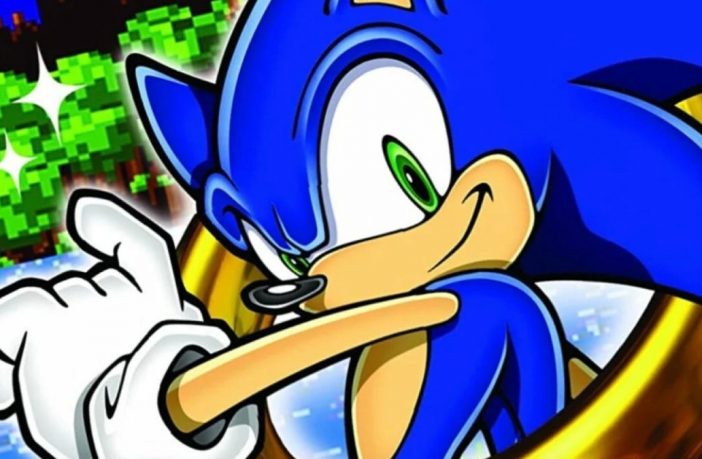
Sonic the Hedgehog started the ’90s video game mascot race
and the 2000s, the Sega GenesisNintendo’s hipper, bolder response stocky but iconic plumber. Upon release of Sonic the Hedgehog since 1991 until Sonic Adventure 2 a decade later, the blue blur was synonymous with experiences putting speed, skill and adrenaline at the forefront. But after battling Nintendo for supremacy for decades, Sega lost its lead with the Dreamcast, which failed so spectacularly that he completely took the company out of the console wars.
Despite these setbacks, the speedster still had juice in him. With the years 2004 Sonic HeroesSega aimed to create “an entirely new series for Sonic, rather than simply creating a sequel to Adventure,” according to a 2004 report. Nintendo Power interview with director and lead designer Takashi Iizuka.
Yuji Naka, the creator of Sonic (who was recently accused of insider trading) said Eurogamer in 2003 that “Sonic Heroes is a new style of gaming.” This was also the mascot’s first cross-platform release, and the team had to create versions for all three major consoles (GameCube, PS2, and Xbox) while learning an entirely new game engine , Renderware from EA. And, thanks to all these factors, the final product certainly has draft qualities.
20 years after its release, Sonic Heroes remains one of the most controversial titles in the franchise. Some consider it endearingly simple, while others see it as a pivot between speed games and crazy mayhem with confusing storylines. The critics of the time were not kind. Eurogamer stated that “the characters are basic and cringe-worthy, the combat is tedious, the platforming and puzzles are too basic.”
In most previous games, Sonic’s gameplay loop revolved around speed and crossing the finish line as quickly as possible. Momentum was key. Sonic Heroes introduced a unique gimmick that allowed players to control three characters at the same time. Each role has its unique strengths and attributes: fast characters can dash and travel on rings, power users can break blocks and glide, and flyers can soar using wind attacks. As you play, you’ll need to constantly switch between the three to advance, adding a sense of strategy beyond “go fast.”
There are four trios to choose from, each with their own campaign and skill level: there’s the normal Sonic and his friends, the wacky side characters who offer more ease, the bad guys who go hard, and the hunters of Money-hungry bonuses. it’s fine to ignore them (unless you’re looking for a collecting marathon). Each campaign integrates with the others, giving players with enough time and patience a complete view of Dr. Eggman’s sinister robot-wielding plot.
As a middle schooler, it was my first experience with the Sonic franchise and the first non-Pokémon game I ever beat, so I remember it through rose-tinted glasses. Listening to the jokes of each group allowed me to establish a connection with the chili eating speedster which still continues today. Sonic, Tails, and Knuckles seemed like real friends. Even though they were bouncing through countless obstacles and robots, they still had time to joke around.
The platforming was also quite accessible for a newcomer, since Tails works as a backup to clear stages when your jumps fail. Sure, the camera is boring and it’s too easy to fall out of scenes, but Sonic Heroes inspired my generous tolerance – even love – for the franchise’s quirks.
After Sonic HeroesSega’s speedster just got weirder. Shadow the hedgehog uses firearms, unleashed decibells turns him into a werewolf, and Sonic ’06 is still considered one of the most broken games of all time. Sonic hasn’t quite regained the same level of polish and popularity that he had in his early days, although people like me are still hoping that the best is yet to come.
Gn tech




